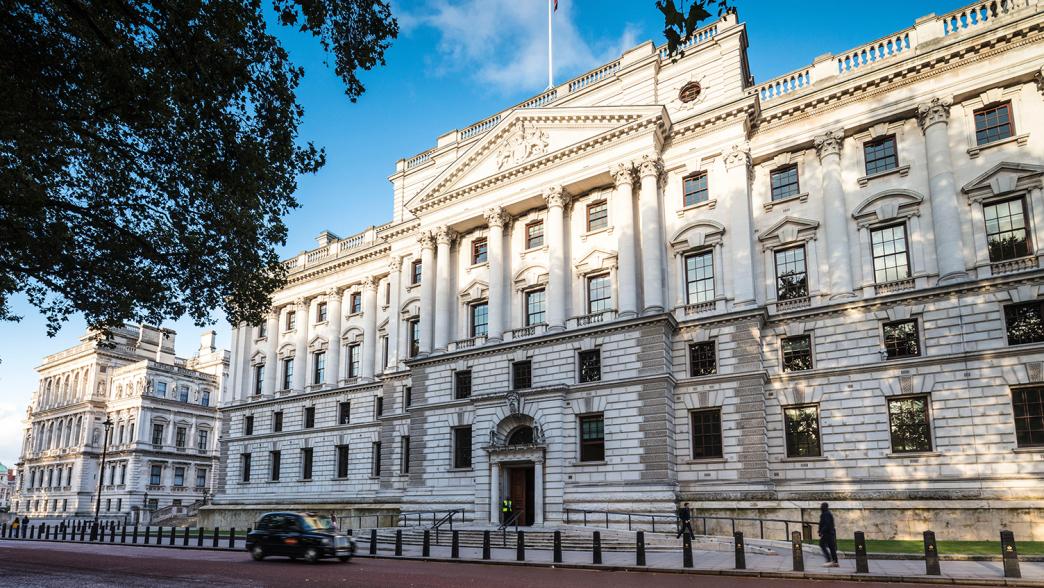The government would be wrong to wage another war on ‘quangos’
Government should be more specific about what it wants public bodies to deliver and where it can do without them.

Government should be more specific about what it wants public bodies to deliver and where it can do without them, writes Grant Dalton
Jacob Rees-Mogg’s roaming brief as minister for government efficiency takes in government reform, Brexit opportunities and tackling fraud, but one part of his portfolio he has already zeroed in on is reform of public bodies. In an interview with The Times last month he questioned whether many such bodies were really “doing something that anybody needs to do” and asked “if it’s not necessary, why is it there?” 19 Wright O, ‘Jacob Rees-Mogg: ‘Do so many civil servants make British lives better? Probably not’’, The Times, 19 February 2022, retrieved 30 March 2022, www.thetimes.co.uk/article/jacob-rees-mogg-do-so-many-civil-servants-make-british-lives-better-probably-not-dw57mk2k5
Just a few weeks later chancellor Rishi Sunak announced a new efficiency drive across government, including a plan for at least £800m in cuts to public body expenditure. 20 HM Treasury, ‘New efficiency drive to cut £5.5 billion of government waste’, Gov.uk, 21 March 2022, retrieved 30 March 2022, www.gov.uk/government/news/new-efficiency-drive-to-cut-55-billion-of-government-waste The Treasury hopes this money will be found in efficiency savings from reducing public bodies’ reliance on consultants, encouraging digitisation and extending the use of shared services and buildings.
Rees-Mogg’s comments, and the Treasury plan, evoke a familiar narrative of a government keen to wage war on the ‘quango state’. But this is no substitute for a proper plan for how government intends to use its public bodies.
Achieving real efficiency savings is easier said than done
Four decades of government attempts to reform public bodies have reduced the number of arm’s length bodies (ALBs) by nearly 90%. The 2010-15 reforms in particular, known as the ‘bonfire of the quangos’, abolished nearly 300. But this was largely achieved by merging bodies and displacing activity into central government departments (or occasionally into the private or third sectors). 21 Comptroller and Auditor General, Progress on public bodies reform, National Audit Office, Session 2013–2014, HC 1048, February 2014, www.nao.org.uk/wp-content/uploads/2014/02/Progress-on-public-bodies-reform.pdf, pp. 23-4. While moving activities into departments makes ministerial control and accountability clearer, it can also dilute the concrete skills and knowledge needed to deliver public services, regulation or expert advice.
Spending in ALBs, particularly non-departmental public bodies, did fall over this period, but modestly: the National Audit Office estimated only around £800m in administrative savings were found in the first three years of the programme, largely through merged bodies sharing office space and procuring goods and services more cheaply at scale. 22 Comptroller and Auditor General, Progress on public bodies reform, National Audit Office, Session 2013–2014, HC 1048, February 2014, www.nao.org.uk/wp-content/uploads/2014/02/Progress-on-public-bodies-reform.pdf, p. 21 However, in this already consolidated landscape further savings won't be easy without cutting services. Around 80% of the £300bn spent annually on ALBs goes to just three bodies: NHS England, the Education and Skills Funding Agency and HMRC, which fund the NHS, schools and some benefits respectively. Furthermore, higher inflation means public bodies’ spending review settlements are now less generous than expected and some bodies have had to take on additional functions previously performed by EU institutions.
Improving the tailored review process would help to identify areas of focus
Sponsor departments are already required to conduct a ‘tailored review’ of each of their public bodies every five years, to “provide a robust challenge to and assurance on the continuing need for individual organisations”. 23 Cabinet Office, ‘Tailored Reviews: Guidance on Reviews of Public Bodies’, Gov.uk, May 2019, retrieved 30 March 2022, www.gov.uk/government/publications/tailored-reviews-of-public-bodies-guidance But departments have not been delivering these reviews well enough or frequently enough.
As Whitehall Monitor 2022 argued, reviews are too often treated as a ‘tick-box’ exercise by departments and bodies, and the number of bodies reviewed within the government’s five-year target has fallen from two-thirds to just over half since 2016. In response to criticism from the National Audit Office, the Cabinet Office has promised to reinvigorate the review process, widening the scope of reviews to include departmental sponsor teams themselves and bringing in more external challenge. This ambition is welcome – and offers a concrete mechanism for change if Rees-Mogg and Sunak really want to ‘trim the fat’ from public bodies.
Efficiency targets cannot substitute for a tangible public bodies strategy
While achieving cost savings may be one priority, ministers should be clear-sighted about the choices available to them in their approach to public bodies. If Rees-Mogg has indeed identified functions or bodies that he deems unnecessary, the government should reform or abolish them, seeking parliamentary approval where appropriate. But the government should also lay out a clear vision of when public bodies are and are not the appropriate model for delivering services. If this work is not done strategically, government risks deploying a whack-a-mole approach to prevent costs and functions growing without really understanding the consequences of doing so.
The Cabinet Office has said it intends to issue a new public bodies strategy 24 Correspondence from Alex Chisholm to the Chair of the Public Accounts Committee, ‘re Government delivery through arm’s-length bodies’, 24 January 2022, committees.parliament.uk/publications/8693/documents/88244/default/ p. 2. that will enable a more joined-up approach to public bodies reform and cost savings. But Brexit and the pandemic have so far distracted ministers from setting out a government vision for public bodies, while ministerial turnover in the Cabinet Office, which has had three different ministers responsible for public bodies already in 2022, has not helped. Before declaring war or setting targets, ministers should get on with publishing the strategy and use it as an opportunity to define what they want from public bodies as a major delivery mechanism for government – not as a problem to wish away.
- Topic
- Public bodies
- Keywords
- Arm's-length bodies
- Department
- HM Treasury Cabinet Office
- Public figures
- Jacob Rees-Mogg
- Publisher
- Institute for Government